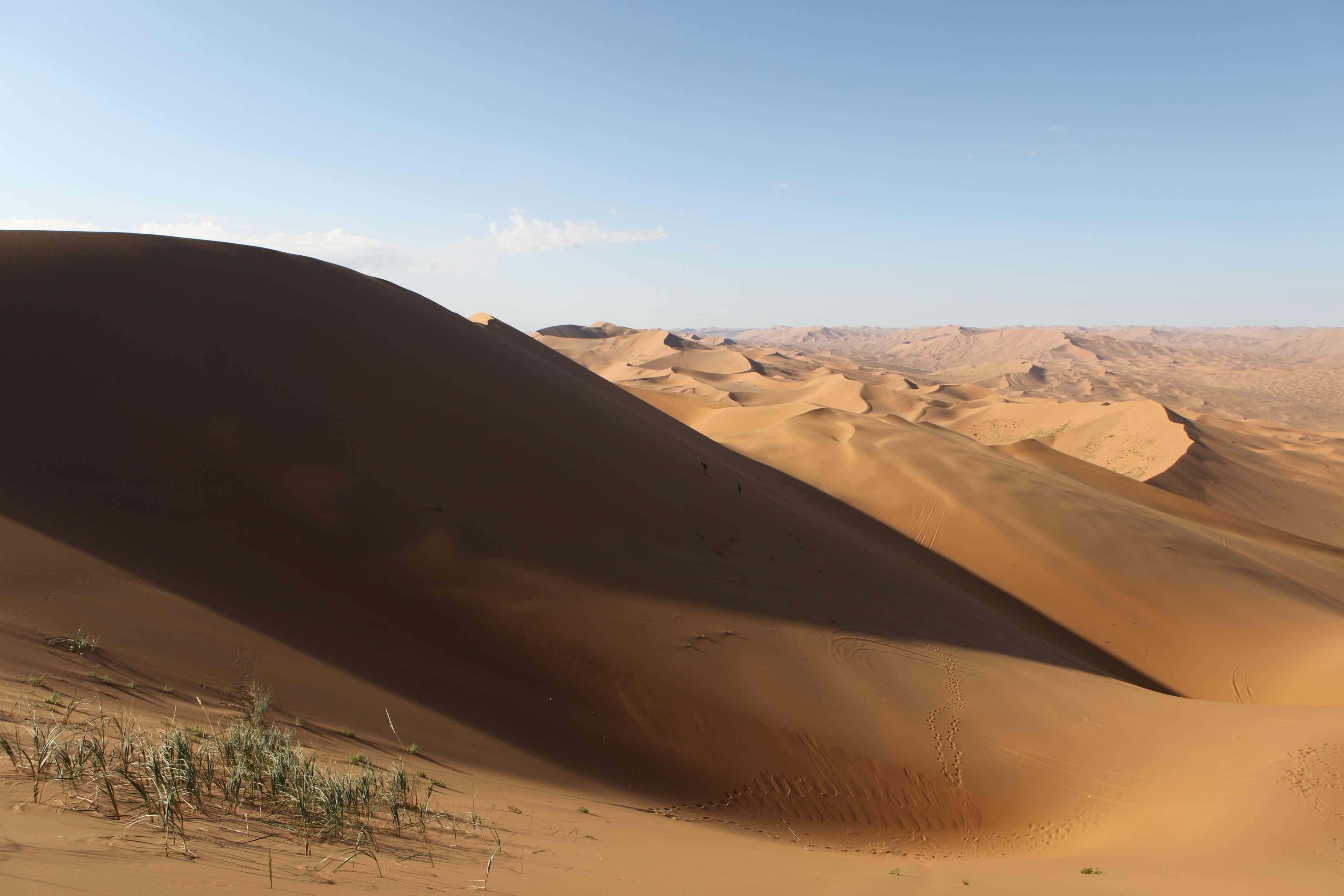Mystery Of The Singing Sands In Parabolic Dunes

Have you ever heard of singing sands? These unique sands, found in parabolic dunes, create mysterious sounds when disturbed. Imagine walking through a desert and hearing a low hum or a musical note coming from the ground beneath your feet. This phenomenon has puzzled scientists and travelers alike for years. The sounds can range from a gentle whisper to a loud roar, depending on the conditions. But what causes these sands to sing? Is it the shape of the dunes, the type of sand, or something else entirely? Let's dig into the mystery of these musical sands and uncover the secrets behind their enchanting melodies.
What Are Singing Sands?
Singing sands, also known as "booming dunes," create mysterious sounds when disturbed. These sounds range from a low hum to a loud boom, often compared to a musical instrument. The phenomenon occurs in specific conditions, usually in desert regions with dry, well-sorted sand grains.
Where Can You Find Singing Sands?
Several places around the world feature these fascinating dunes. Each location offers a unique experience, making them worth a visit.
Badain Jaran Desert, China
The Badain Jaran Desert boasts some of the tallest dunes on Earth, reaching heights of 500 meters. The singing sands here produce a deep, resonant hum when disturbed, creating an eerie yet captivating atmosphere.
Death Valley, California, USA
Known for its extreme temperatures, Death Valley also features Eureka Dunes. These dunes sing when the sand slides down their slopes, producing a haunting melody that echoes through the valley.
Namib Desert, Namibia
The Namib Desert, one of the oldest deserts in the world, has dunes that can produce a variety of sounds. From a gentle hum to a loud roar, the singing sands here are a natural wonder.
How Do Singing Sands Work?
Understanding the science behind singing sands can enhance your appreciation of this natural phenomenon. The sounds are produced by the friction between sand grains, which must be of a specific size and shape.
Sand Grain Size and Shape
The grains must be round and between 0.1 and 0.5 millimeters in diameter. This uniformity allows them to move smoothly over each other, creating the necessary friction for sound production.
Dry Conditions
Moisture can dampen the sound, so the sand must be dry. This is why singing sands are often found in arid desert regions.
Experiencing Singing Sands
Visiting these locations offers more than just a visual treat. The auditory experience adds an extra layer of wonder to your adventure.
Rub' al Khali, Arabian Peninsula
Also known as the Empty Quarter, this vast desert features dunes that can produce a low-frequency hum. The sound is often described as a deep, resonant note that can be felt as much as heard.
Kelso Dunes, California, USA
Located in the Mojave Desert, Kelso Dunes are famous for their booming sounds. Sliding down these dunes can produce a loud, almost thunderous noise, making it a popular spot for thrill-seekers.
Sossusvlei, Namibia
Another gem in the Namib Desert, Sossusvlei's dunes are known for their striking red color and singing sands. The sound here is softer, often compared to a distant drumbeat.
Why Visit Singing Sands?
The allure of singing sands goes beyond their mysterious sounds. These locations offer stunning landscapes, unique ecosystems, and a sense of adventure.
Simpson Desert, Australia
The Simpson Desert's dunes can produce a variety of sounds, from a gentle hum to a loud roar. The desert's remote location adds to the sense of adventure, making it a must-visit for intrepid travelers.
Great Sand Dunes, Colorado, USA
The Great Sand Dunes National Park features some of the tallest dunes in North America. The singing sands here produce a soft, melodic sound, adding to the park's natural beauty.
The Enigma of Singing Sands
Singing sands in parabolic dunes remain one of nature's most fascinating phenomena. These dunes, shaped like a parabola, produce unique sounds when the sand grains move. Scientists believe the sound comes from the friction between grains, but the exact cause is still debated. Visiting these dunes offers a rare experience, combining natural beauty with a touch of mystery. Whether you're a scientist, a traveler, or just curious, the singing sands provide an unforgettable adventure. Exploring these dunes not only satisfies your curiosity but also connects you with nature's wonders. Next time you plan a trip, consider adding a visit to these mysterious dunes to your itinerary. The experience will leave you in awe and deepen your appreciation for the natural world.

